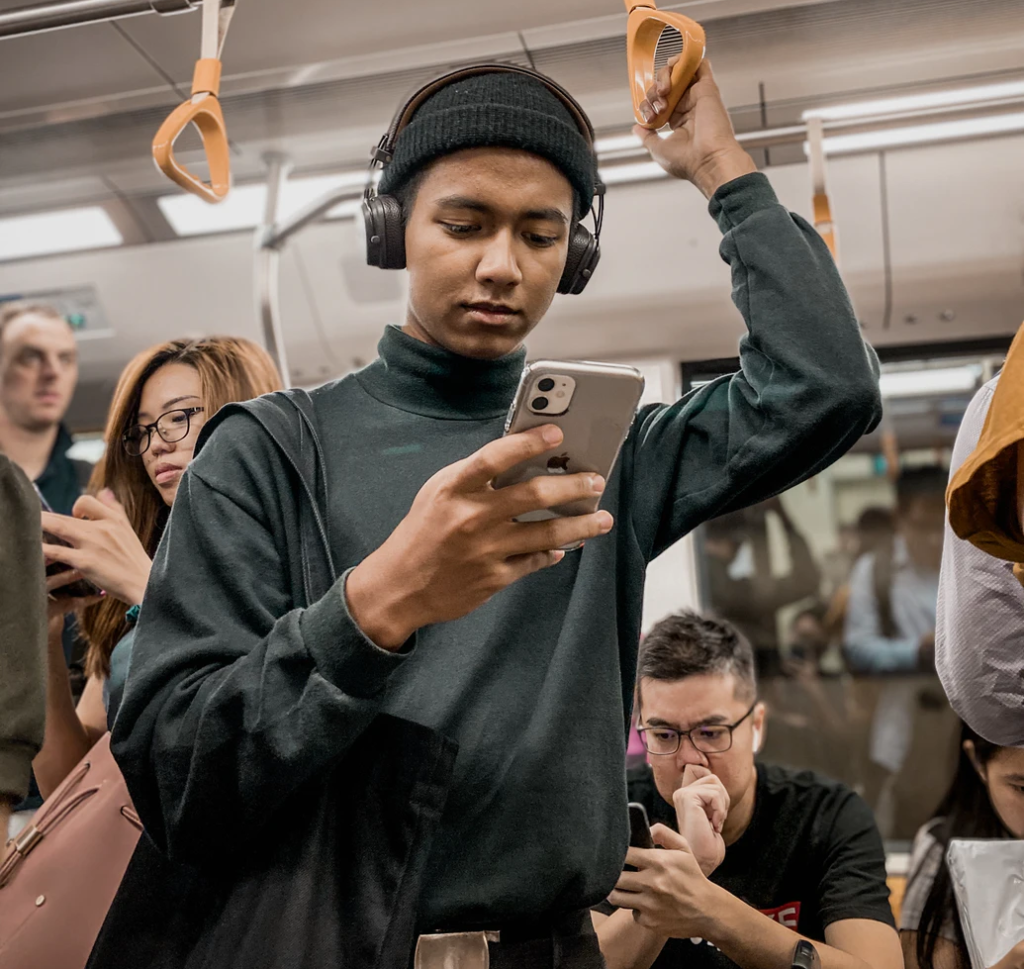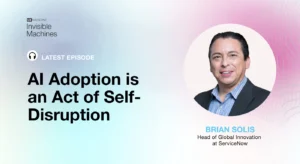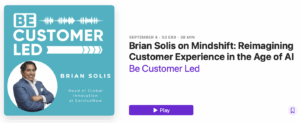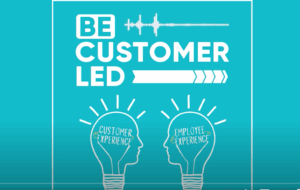
Rasheed Kemy, @_rxshxxd, Unsplash.com
Since 2020, every organization, all at once, was challenged to digitize customer journeys. From e-commerce to buy online pickup in store (BOPIS) to curbside to deliveries to buy now pay later (BNPL) to micro-fulfillment and everything in-between, digital transformation was no longer a competitive differentiator, it was a necessary business foundation just to compete on par with everyone else. But as digital-first buying behaviors became the new norm, customers quickly realized that “digital” itself isn’t a magic wand to deliver universally productive customer experiences.
While digital infers all screens, the reality is that customers who shop using mobile phones and tablets interact with their devices differently than they do with PCs and laptops. The very nature of Apple iOS and Android are designed to optimize small screens, hand gestures, and voice commands. Mobile CX (and UX) are now areas of digital differentiation and a paramount to delivering intuitive and delightful experiences.
Among the more progressive brands I work with, designing mobile-first and mobile-only customer journeys are now a top priority. In my work with Google over the years and now at Salesforce, I’m resurrecting the importance of micro-moments, mobile customer journey design, and a newly introduced concept of ignite-moments, to help marketing and CX professionals design end-to-end mobile journeys for their on-the-go customers.
My dear friend, colleague, WSJ best-selling author and keynote speaker Karen Mangia recently published an article that explores the importance of mobile CX and UX for Branding Strategy Insider.
I wanted to share it with you here…

Building Brand Strength Through Micro Moments
How do you connect in a distracted world and engage with your customer? “Break down the journey into bite-sized pieces,” Brian Solis, VP, Global Innovation Evangelist at Salesforce says. “Make your way to identifying micro moments.”
Micro moments focus on intention, not demographics, because, as Solis points out, demographics can be deceptive. And not always predictive.
Consider, for example, two men, both born in England in 1948. They are both wealthy, married for the second time, and each has two children. They enjoy spending winter holidays in the Alps. Both of these men love dogs.
One man is Prince Charles, the heir to the British throne. The other is Ozzy Osbourne.
Demographics can be a bit of a crazy train. That’s why micro moments matter more: because they point to future intent, not past history, inside the context that matters most—the customer journey.
Think sentences instead of paragraphs. A 16-second video instead of a 5-minute one. “You’re essentially delivering messages for people in the way that they need to see them,” Solis explains, “and inviting them to that next step.”
Personal communications apps like Instagram, Snapchat, and TikTok rely on a persuasive and micro moment design. While I’m not suggesting that we use TikTok to market ERP systems or explain industrial logistics, there’s an opportunity to get granular using AI tools. Because AI can actually help you to quiet the noise.
“By taking UX (user experience) and UI (user interface) persuasive design techniques, we create what I call HX, which is a human experience design.”
Solis is describing his vision for the future: a human-centric experience designed to exist outside of bias but inside of a technologically advanced data engine. “I’m talking about blending the better parts of those design intentions and bringing people into the moment,” rather than losing the moment to the multitude of distractions that vie for everyone’s attention.
“We have to now expect that state of mind (how we talk, how we communicate, how we design touch points) is designed for micro moments. The available capacity is for customers to only be engaged for a split second, and then move them along.”
Because in the same way that you can distract a customer, you can pull them out of distraction. The idea is that you’re leading them back toward something that is in their best interest.
In an interview with David Baekholm Senior Vice President of HomeAway, Solis discovered some eye-opening statistics. The company got granular on their customer’s journey, discovering multiple micro moments where they could create new engagement and drive new levels of influence. The end result? A 200 percent lead conversion increase in just 12 days.
Rapid results. Powerful acceleration. That’s business at the speed of the customer, and the driver is human-centric design. Looking specifically at the challenges and the eddies within the customer journey, where do you see problems? How can you redirect your tech tools, like machine learning and AI, to identify those micro moments and develop new ways of engagement?
That innovation is within your grasp, right now.
“The challenge isn’t the technology,” Solis says, prophetically. “It’s the humanity.”
Next up: Connecting the dots between #micromoments and #ignitemoments and designing for extraordinary engagement!

Brian Solis | Author, Keynote Speaker, Futurist
Brian Solis is world-renowned digital analyst, anthropologist and futurist. He is also a sought-after keynote speaker and an 8x best-selling author. In his new book, Lifescale: How to live a more creative, productive and happy life, Brian tackles the struggles of living in a world rife with constant digital distractions. His previous books, X: The Experience When Business Meets Design and What’s the Future of Business explore the future of customer and user experience design and modernizing customer engagement in the four moments of truth.
Invite him to speak at your next event or bring him in to your organization to inspire colleagues, executives and boards of directors.





Leave a Reply